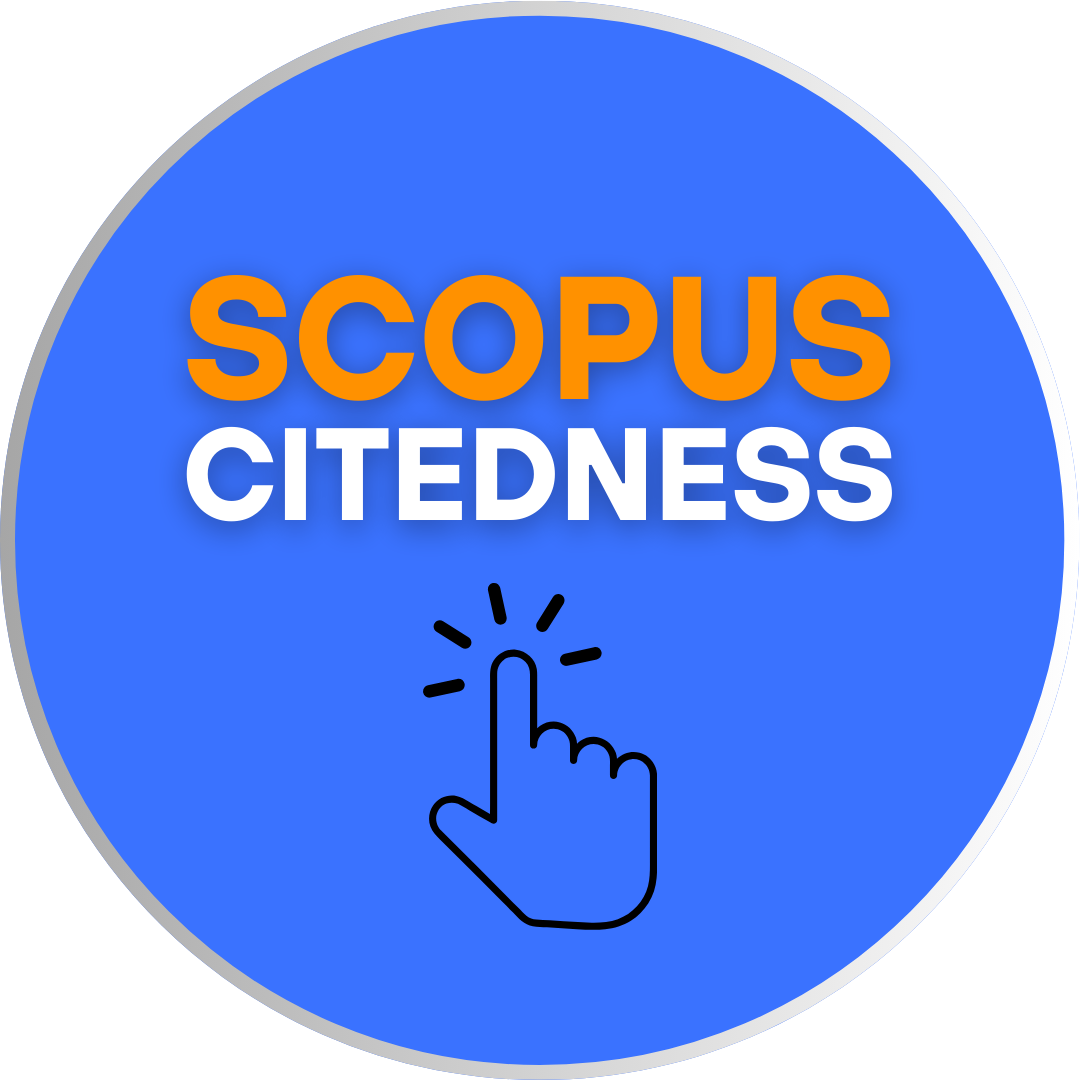UTILIZING MEMES TO PROMOTE STUDENTS’ MOTIVATION IN LANGUAGE CLASSROOM
DOI:
https://doi.org/10.18592/let.v7i2.1946Keywords:
Memes creation, Gadget utilization, Motivation values, Student’s performance, Teaching strategyAbstract
Keeping students’ motivation to learn L2 is a challenging activity in teaching and learning process. Teachers are expected to perform their job dutifully by engaging students into attractive learning activities. At the same time, they are also contested with students’ characteristics diversity. The utilization of memes is a proposed teaching strategy to minimize the gap between students’ traits, technology rapid development, and the constant need of renewing effort to enhance students’ performance. Seeking an opportunity of integrating between various mobile application, gadgets as well as internet access, memes creation may be considered as a breakthrough in educational field. The result of this study shows students’ positive responses in creating memes activity. Most of the EFL students’ responses stated that the activity is interesting therefore it is able to boost their motivation. The activity covers up three essential motivation values for learning an L2; intrinsic value, integrative value, and instrumental value.References
Andrews, R. & Smith, A. (2011). Developing writers: Teaching and learning in the digital age. New York: Open University Press.
Astuti, S.P. (2016). Exploring motivational strategies of successful teachers. TEFLIN Journal, 27 (1), 1-22.
Blackmore, S. 1999. The Meme Machine. Oxford: Oxford University Press.
Blattner, G., and Fiori, M. (2009) ‘Facebook in the language classroom: Promises and possibilities’, International Journal of Instructional Technology and Distance Learning, 6 (1), 17–28. Retrieved from http://itdl.org/journal/jan_09/article02.htm
Brodie, R. (2009). Virus of the Mind: The new science of the meme. London: Hay House.
Brown, H.D, & Lee, H. 2015. Teaching by Principles: An Attractive Approach to Language Pedagogy. New York: Pearson.
Cornu, Bernard. (2011). Digital Natives: How Do They Learn? How to Teach Them? UNESCO Policy Brief, Sepetember 2011. Moskow, Russia: UNESCO Institute for Information Technologies in Education.
Dawkins, R. (2006). The Selfish Gene: 30th Anniversary Edition. Oxford: Oxford University Press.
Distin, K. (20050. The Selfish Meme. Cambridge: Cambridge University Press.
Dolean, D.D. (2015). The effects of teaching songs during foreign language classes on students’ foreign language anxiety. Language Teaching Research, 1-16.
Dornyei, Z. (2001). Motivational Strategies in the Language Classroom (5th ed). Cambridge: Cambridge University Press.
Dulay, H., Burt, M., & Krashen, S. (1982). Language Two. New York: Oxford University Press.
Fraenkel, J., Wallen, N. & Hyun, H.H. (2012). How to Design and Evaluate Research in Education 8th ed. Boston: Mcgraw Hill. pp. 447
Grewal, S. K. & Harris, L. (2009). Learning virtually or virtually distracted? The impact of emerging internet technologies on pedagogical practice. In N. Panteli. (Ed.), Virtual Social Networks. Mediated, Massive and Multiplayer Sites (pp. 18-35) London: Palgrave Macmillan.
Hattem, D. (2014). Microblogging activities: Language play and tool transformation. Language Learning and Technology, 18 (2), 151-174. Retrieved from http://llt.msu.edu/issues/june2014/hattem.pdf
Jenkins, H. (2006). Convergence Culture: Where Old and New Media Collide. New York: New York University Press.
Jenkins, H., Ford, S. & Green, J. (2013). Spreadable Media: Creating Value and Meaning in a Networked Culture. New York: New York University Press.
Kalasi, R. (2014). The Impact of Social Networking on New Age Teaching and Learning: An Overview. Journal of Education & Social Policy, 1 (1).
Kariko, A.A.T . 2012. Humorous Writing Exercise using Internet Memes on English Classes. Jurnal Lingua Cultura, Vol 6 (2): 188-199.
Kavaliauskiené, G. & Ashkinazi, V. (2014). Social Networking Systems in Teaching/ Learning English for Specific Purposes. English for Specific Purposes World, 42(15). Retrieved from www.esp-world.info
Kleinschmit, M. 2015. Generation Z Characteristics: 5 Infographics on the Gen Z Lifestyle. Retrieved from https://www.visioncritical.com/generation-z-infographics/ retrieved on September 15, 2016.
Lightbown, P.M., & Spada, N. (2001) How Language are Learned. 2nd Edition. New York: Oxford University Press.
Lomicka, L., and Lord, G. (2012) ‘A Tale of Tweets: Analyzing Microblogging among Language Learners’, System, 40, 48-63.
Lomicka, L., and Lord, G. (2016). Social Networking and Language Learning. The Routledge Handbook of Language Learning and Technology, 255.
McGrath, Alister. 2004. Dawkins’ God: Genes, Memes, and the Meaning of Life. United Kingdom: Blackwell Publishing.
Prensky, M. (2001a). Digital Natives, Digital Immigrants. On the Horizon, 9(5). Retrieved from http://www.marcprensky.com/writing/Prensky%20%20Digital%20Natives,%20Digital%20Immigrants%20-%20Part1.pdf
Prensky, M. (2001b). Digital Natives, Digital Immigrants: Do They really Think Different? On the Horizon, 9(6), 1-6. Retrieved from http://www.marcprensky.com/writing/Prensky%20%20Digital%20Natives,%20Digital%20Immigrants%20-%20Part2.pdf
Prensky, M. (2010). Teaching Digital Natives: Partnering for Real Learning (1st ed.). Thousand Oaks, CA: Corwin Press.
Shifman, Limor. (2014). Memes in Digital Culture. Massachusetts: MIT Press.
Tuned-Awe, B. (2015). Relevance of Online Social Networking in the Teaching of English as a Second Language In Nigeria Universities. European Scientific Journal February Edition, 11 (4), 252-262.
Watkins, S. C. (2009). The Young and The Digital: What the Migration to Social-Network Sites, Games, and Anytime, Anywhere Media Means for Our Future. Boston: Beacon Press.
Yunus, M. Md., Salehi, H., & Chenzi, C. (2012). Integrating Social Networking Tools into ESL Writing Classroom Strengths and Weaknesses. English Language Teaching, 5 (8), 42-48. Retrieved from www.ccsnet.org/elt
Downloads
Published
How to Cite
Issue
Section
License
Authors who publish with this journal agree to the following terms:
- Authors retain copyright and grant the journal right of first publication with the work simultaneously licensed under a Creative Commons Attribution License that allows others to share the work with an acknowledgement of the work's authorship and initial publication in this journal.
- Authors are able to enter into separate, additional contractual arrangements for the non-exclusive distribution of the journal's published version of the work (e.g., post it to an institutional repository or publish it in a book), with an acknowledgement of its initial publication in this journal.
- Authors are permitted and encouraged to post their work online (e.g., in institutional repositories or on their website) prior to and during the submission process, as it can lead to productive exchanges, as well as earlier and greater citation of published work.
LET (LINGUISTICS, LITERATURE, AND LANGUAGE TEACHING) http://jurnal.uin-antasari.ac.id/index.php/let/index licensed under a Creative Commons Attribution 4.0 International License.
















